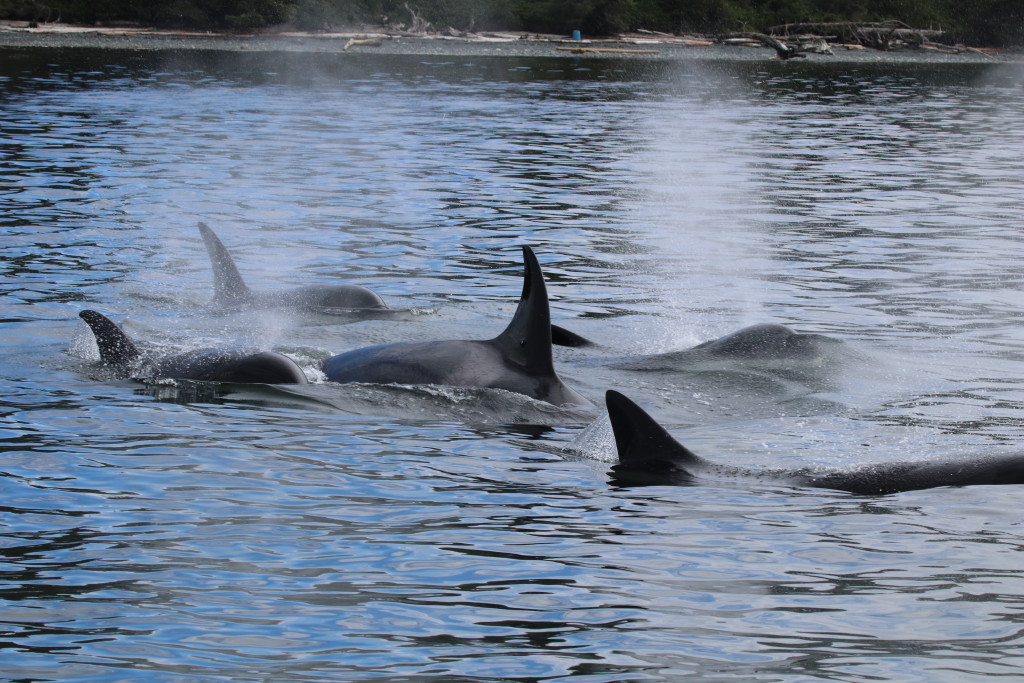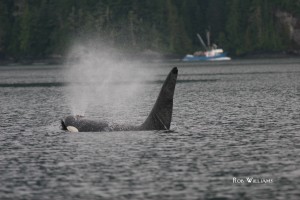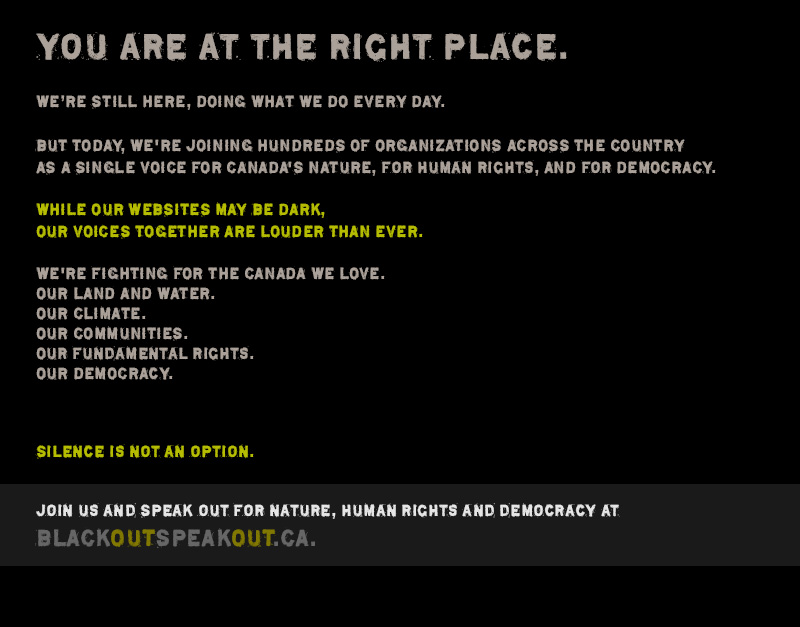
One of the things we admire most about orca or killer whale cultures is their commitment to teamwork. They work together to find food, coordinate travel, and thrive in a cold, dark environment where prey are easier to find using sound than light. These whales serve as a great template for people working together to tackle some of the world’s most pressing environmental problems, including unsustainable fishing, climate change, and ocean noise. These are challenging times.
As we enter World Oceans Week, we are inspired by the team at Sea Legacy, including the amazing conservation photographers, Cristina Mittermeier and Paul Nicklen. In words and in deed, they show that we can accomplish more #together than we can as separate voices. Taking a cue from Paul and Cristina, we’d like to offer the Oceans Initiative team three ways to help during Oceans Week.
- Spread the word. We do “use-inspired science” to guide effective conservation of marine wildlife. By definition, you are a key part of the research questions we ask, and what we do with the information we produce. We can’t do this without you. We’d love to hear from you. Please comment on this blog, or share it with your friends. Sign up for our newsletter. We never share lists, and we won’t fill up your inbox. Encourage your friends to like us on Facebook, and actually click the “follow” button to see what we post. We’d love to hear from you on Facebook, because the platform lends itself to back and forth conversations. Our Twitter feed is interactive, and light, but focuses on emerging science on marine conservation and solutions. We have a large and growing audience on Instagram, and we’d love to see you there. These sound like trivial things, but they matter. Many funders use social media metrics as an indicator of a nonprofit’s reach. Please help us spread the word about our work.
- Donate frequent flyer miles. Aeroplan, Air Canada‘s frequent flyer program, is matching all donations of Aeroplan miles 1:1, up to 500,000 miles, this week. Your donated miles help in many ways. The flights get our team to the field, bring top scientists and aspiring young biologists to join us, let us bring our skills to other countries to help build capacity in lower-income countries, and ultimately, to take the information to the meetings where important conservation decisions are made. Aeroplan even offsets the carbon footprint for every flight we redeem through this special program.
- Invest in our work. As much as we try to do more with less and be good stewards of charitable dollars, it still takes money to do the conservation work we do. Every dollar made to our partner charity in Canada enters us in a draw to win $10,000 from CanadaHelps. Every dollar is directed to the dolphin conservation project in British Columbia. American taxpayers can receive a tax receipt for any donation made through our website.
Thank you so much for your help. We are starting to see some real-world conservation successes emerging from our work on ocean noise and marine mammal bycatch in fisheries. Thank you for allowing us to do that work.



